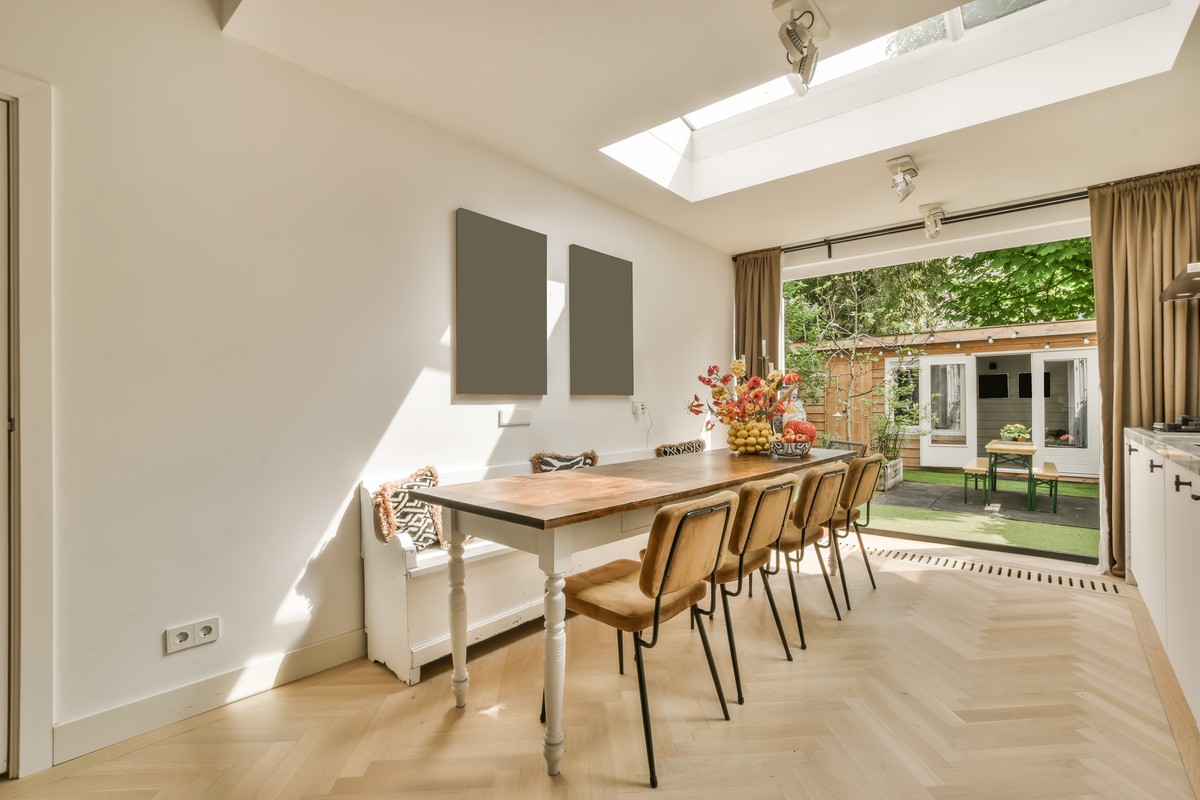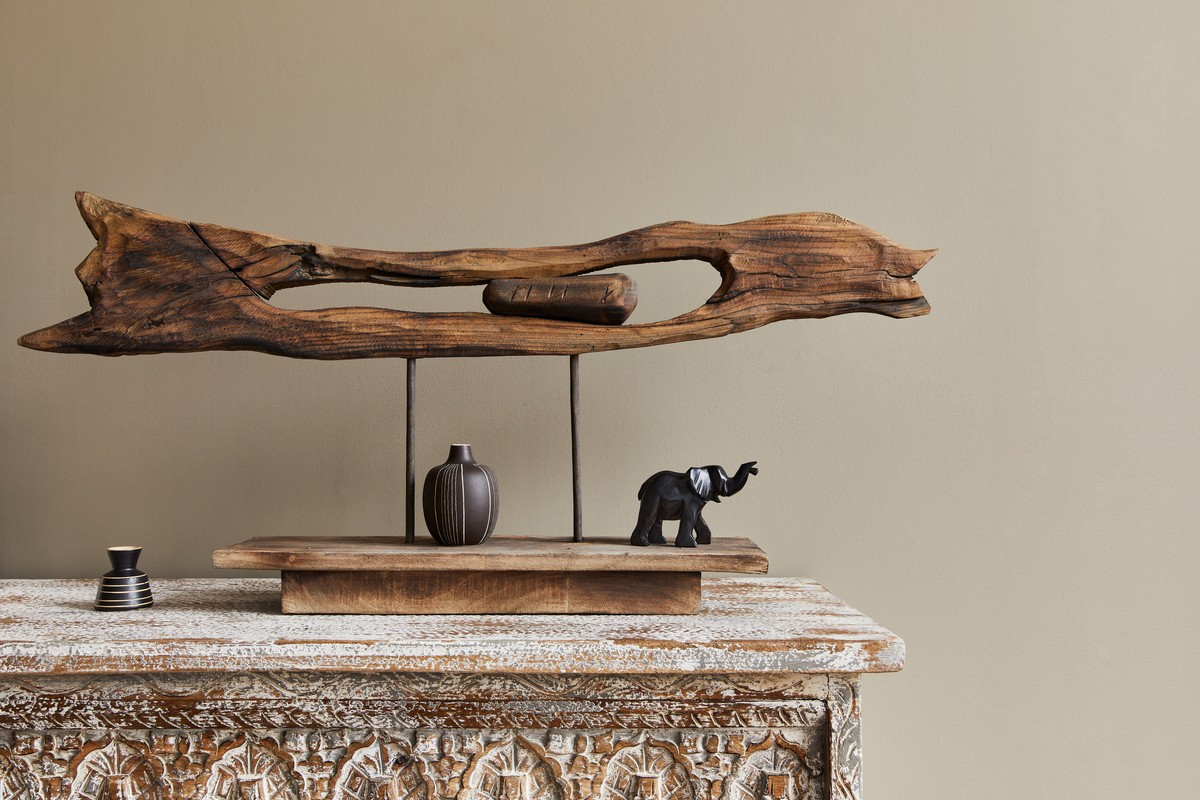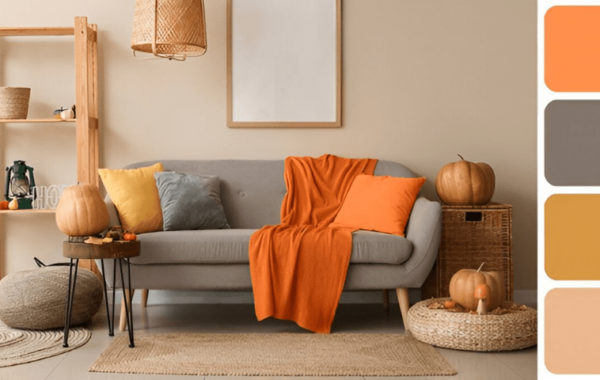
The Impact of Biophilic Interior Design on Mental Wellbeing
Connection with nature often takes a back seat on this fast-rolling earth. However, many pieces of research result in valuable impacts on our mental health by incorporating natural elements in indoor spaces. Adding biophilic features into our living and working spaces may be helpful. This approach is known as biophilic design, which connects people with the natural world without moving outside. Biophilic design architecture & Biophilic design interior methods improve mental health and overall quality of life. Through this article, let us introduce ourselves to the biophilic design concept, its elements, positive impacts, and more information.
What is Biophilic Design?
Biophilic Design Definition: Biophilic design is the concept of adding nature into a built environment. Bringing nature into the building is a significant concept. It has its principles and strategies to design, which should imitate, add, or raise the natural world. The name “biophilia” means to be closely associated with other forms of life in nature. This aims to make the natural elements used to benefit our mental health.
The Elements of Biophilic Design:
Here is some of the biophilic design elements showcasing the examples of biophilic design,
1.Natural Light

The primitive aspect of biophilic design is the natural light. Natural light is a significant contributor to our mental wellness among all-natural elements. It directly impacts our mood and productivity.Natural light also mitigates energy consumption. Moreover, Sunlight helps regulate our circadian rhythms, which creates a positive impact on sleep-wake cycles. Because of this, it makes us feel more alert and awake during the day and better sleep at night.
2.Indoor Plants:

Integrating indoor plants is essential to create a calm, relaxed, and fantastic atmosphere. Indoor plants like succulents, ferns, or other giant potted trees can enhance our mood and mental well-being. Ultimately, It also improves air quality and nourishes a connection to the outdoors. We may feel light and fresh when we are in the garden. Hence, this is due to the plants. The same concept applies here.
3.Natural Materials:

Biophilic architecture includes some natural materials. Such as, they are wood, stone, and also water features that can evoke the essence of the natural world. Finally, these materials create a tactile and visually pleasing environment, helps in reducing stress and anxiety.
4.Views of Nature:

Integrating outdoor views is essential and is the reason for choosing natural vacation spots. Large windows, terraces, or courtyards allow people to connect with the outside world. Views of greenery, water, or natural landscape help attain a sense of escape and relaxation.
5.Nature-Inspired Art and Decor:

Nature-inspired art and décor can play a huge role in mental wellness. Moreover, these Integrate paintings of landscapes,woods, and sculptures of animals not only create a harmonious connection to nature but also within indoor spaces.
Six Principles of biophilic design & biophilic interior design:
Biophilic design principles: Firstly to Integrate water, vegetation, and natural elements like rocks to create a sensory connection to the outdoors.
Biophilic design principles:Secondly, to embrace natural rhythms, such as seasons, to guide design and evoke a sense of continuity.
Biophilic design principles: Thirdly, it Reflect on local culture, geography, and history to foster a sense of belonging and rootedness.
Biophilic design principles: Fourthly, it Use organic, non-geometric shapes to mimic the randomness and diversity found in nature.
Biophilic design principles: Moreover, it utilize natural light and spacious environments to enhance well-being and evoke the outdoors.
Biophilic design principles: Lastly, Draw on our innate connection to nature, promoting comfort and biophilic experiences in design.
The Impact of Biophilic Interior Designs on Mental Wellbeing:
Biophilic interior design elements have enormous benefits for our mental well-being. Let us see how to incorporate biophilic elements.
Challenges and Considerations:
While biophilic design offers many benefits for mental well-being, there are challenges to consider. Implementing a biophilic interior design strategy in existing structures can be costly and require significant renovations. Additionally, not all individuals respond to nature similarly; some may have allergies to certain plants or materials.
Moreover, there’s a need for a balance between natural elements and practical functionality. Too much nature can make a space feel cluttered, and it’s essential to maintain a connection to the natural world without sacrificing its functionality.
Biophilic interior design offers a promising approach to improving mental well-being by reconnecting people with nature in the built environment. As we continue to grapple with the demands of modern life, incorporating biophilic design interior design principles in our homes and workplaces can be a simple yet effective way to promote mental well-being. By acknowledging our innate connection to the natural world, we can create environments that look beautiful and make us feel better, more productive, and happier. Ultimately, it’s a win-win for our mental health and the planet. And this could be achieved by joining hands with Cibi+Simeon Designs– Chennai’s best interior and architectural company – we are the best biophilic designers in chennai. We provides biophilic designing services for indoor spaces. If you have any questions about choosing the idea of incorporating a biophilic concept, contact us. We will help you out. Hire us for all kinds of interior and architectural services.


